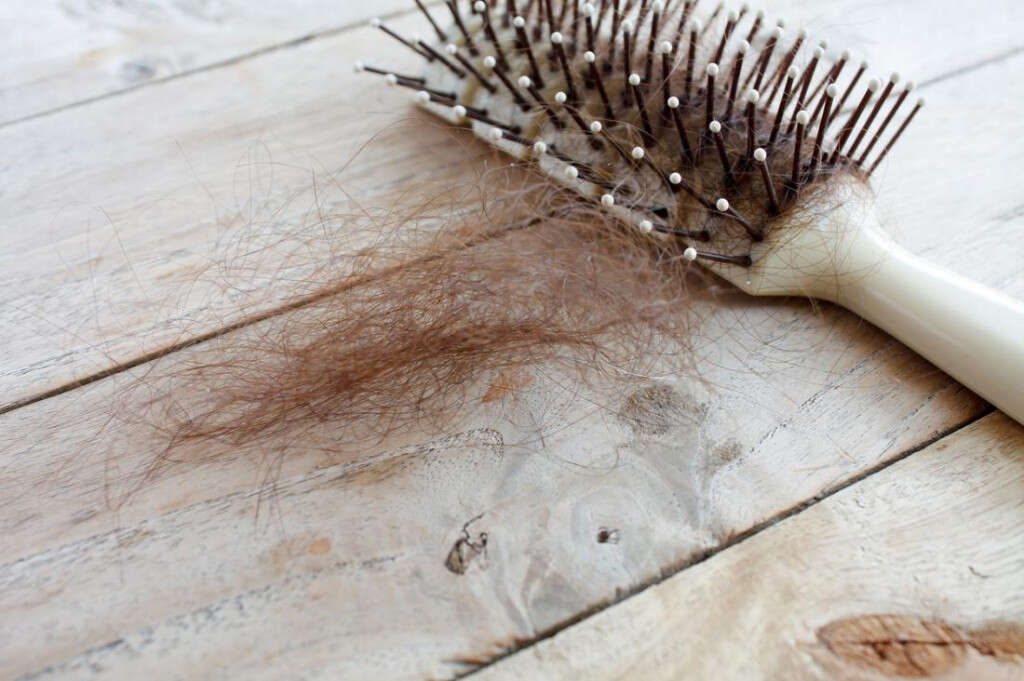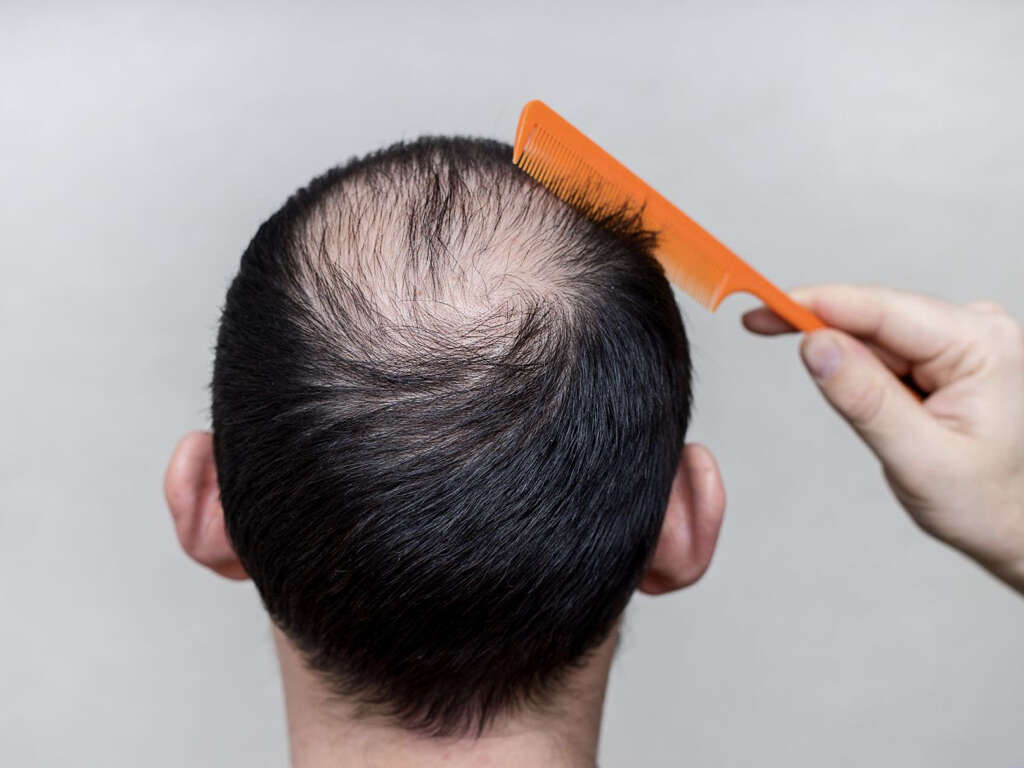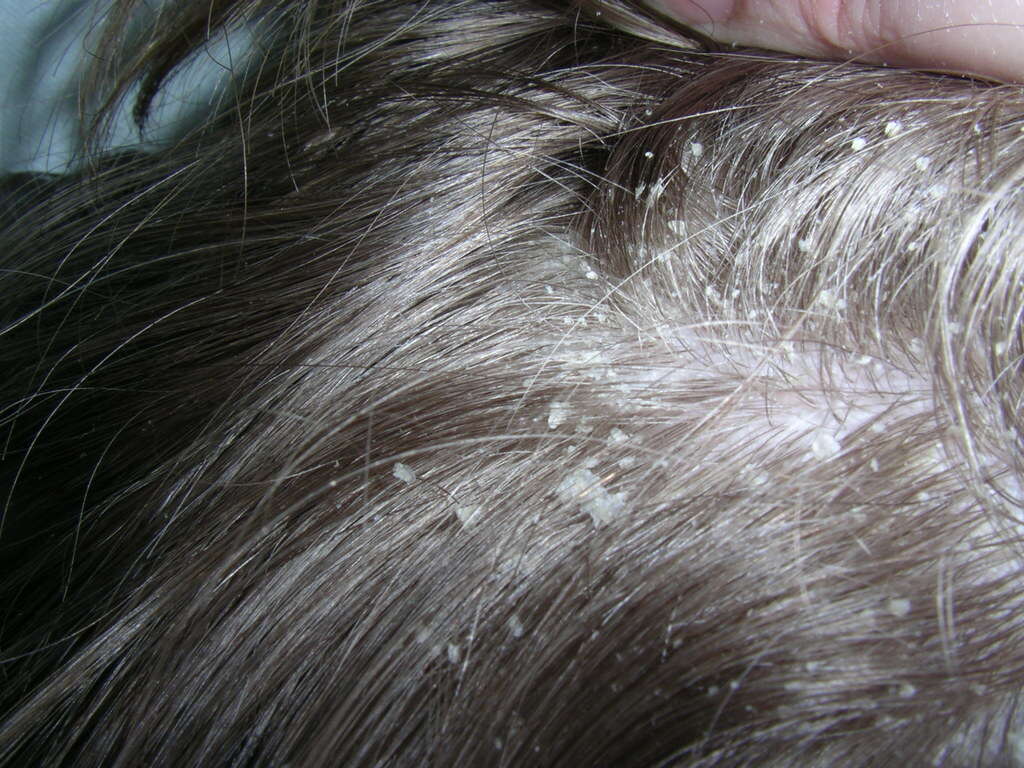Alopecia Signs And Causes
Alopecia areata is a type of hair loss disorder that puts 2% of the global population at a lifetime risk of developing it. It is one of the most prevalent autoimmune and hair loss disorders and is often associated with other medical conditions.
Alopecia, in general, can be described as the thinning or shedding of hair in parts of the scalp or body. Alopecia areata, the most common form of alopecia, is characterized by the development of ‘bald spots’ or loss of hair on one part of the body. Fricke and Miteva describe it as a clinically heterogeneous, immune-mediated, and non-scarring type of hair loss.

Sign of Alopecia #1: Hair Loss
The most obvious sign of alopecia is the loss of hair on the scalp and/or body. A medical professional can diagnose alopecia by examining the severity of hair loss. Alopecia can be in the form of patchy bald spots on the scalp or body (alopecia areata), total hair loss or baldness of the scalp or body (alopecia totalis), or extreme hair loss including the scalp, face, and body (alopecia universalis).
More often, alopecia is called male or female pattern baldness, and it can affect people from all life stages (sometimes as early as teens). Early onset of alopecia can usually be noticed when clumps of hair start falling out.
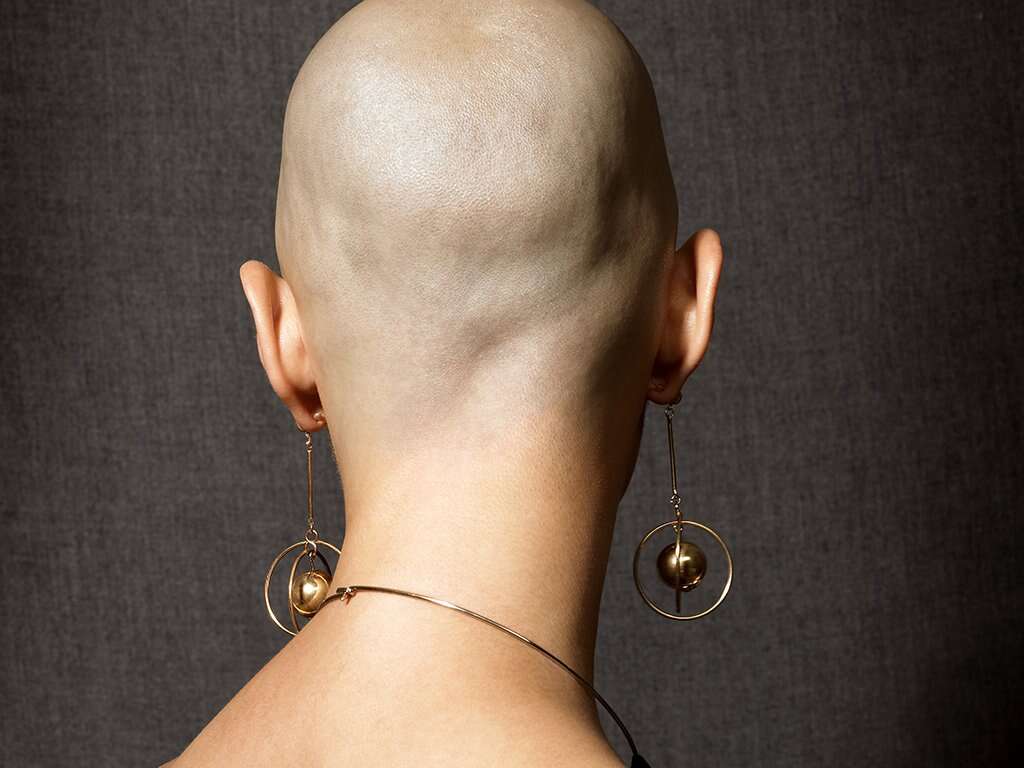
Sign of Alopecia #2: Exclamation Point Hairs
The alopecia disorder can also be characterized by hairs that are shaped like exclamation points. These are often found at the edges of bald spots and are typically short and small, usually around 3-4 millimeters in length. The hairs are compared to exclamation points because they are wider around the top and get thinner at the bottom.
It can also be observed that exclamation point hairs are of lighter color at the top and darker near the bottom. In late stages of alopecia, exclamation point hairs are accompanied by yellowish dots that appear on the hair follicles.

Sign of Alopecia #3: Nail Deformities
Another early sign of alopecia is the development of problems relating to nails on the fingers and toes. When a person develops alopecia, his or her nails can become pitted, wherein nails have tiny dents on the surface.
Another sign is the appearance of white spots or lines on the surface of the nail, causing it to become wavy or irregular. Texture-wise, nails that are affected by alopecia can become rough, thin, and unshiny. However, they do not necessarily break or fall off the finger.

Sign of Alopecia #4: Cadaver Hairs
Cadaver hairs (also known as comedo-like black dots) pertain to hairs that break before they grow from the surface of the scalp. Micro-analysis of the scalp can reveal cadaverized hairs that appear as black dots on the scalp. These cadaver hairs indicate the presence of disease and can be found in about 50% of people who develop alopecia areata.
Unlike normal hairs, cadaver hairs do not live long enough to reach the surface of the scalp. They can also be described as broken hairs that appear just below or just above the scalp.

Sign of Alopecia #5: White Hair
In some cases, patients affected by alopecia areata grow back their lost hair after six to twelve months. However, hair can sometimes be white when it grows back. This phenomenon can be attributed to poliosis, a condition wherein there is localized depigmentation of hair due to deficiency of the pigment melanin.
Aside from growing back white, the regrowth may also be finer in texture compared to old hair. There is a chance that the regrowth will return to its normal color and texture, but it is not always certain.
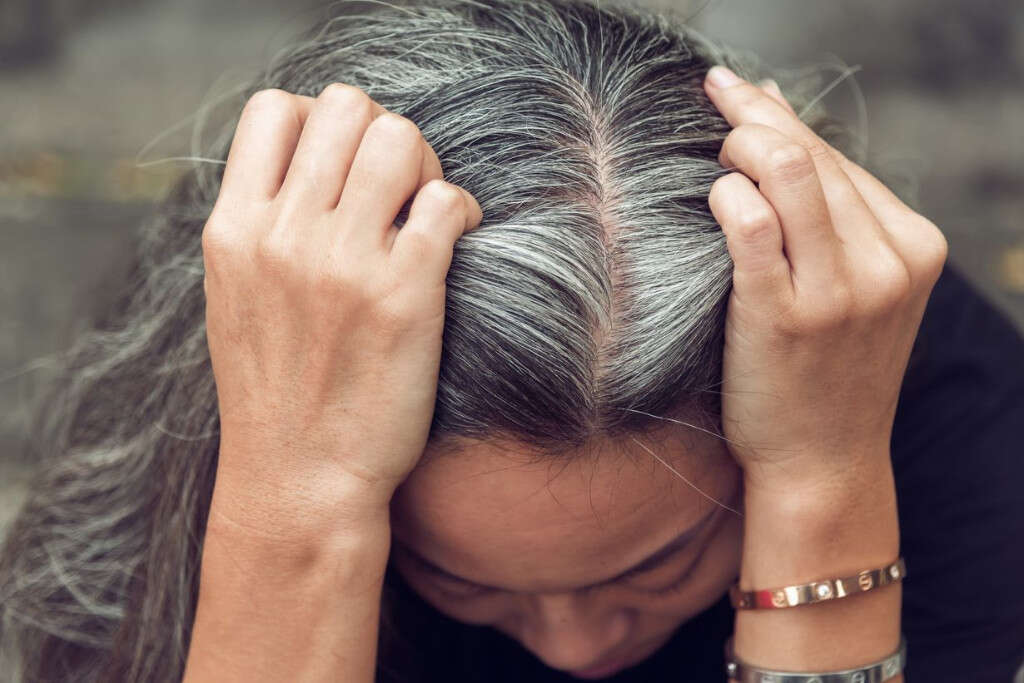
Causes of Alopecia #1: Autoimmune Disease
Alopecia is an autoimmune disease. This means that the immune system attacks the hair follicles, mistaking it for a foreign invader that it would normally defend the body against. When the immune system attacks the hair follicles, they stop growing hair and cause hair loss.
However, it remains unknown what causes the immune system to react in such a way because the triggers remain unknown. What is known is that people who have a family history of autoimmune diseases are more at risk of developing alopecia areata.

Causes of Alopecia #2: Family History
In a study by Chumlea et al. (2004), men whose fathers developed hair loss were more at risk to developing hair loss themselves by 2.5 times as much when compared to men whose fathers had no hair loss. The results of their study show that hair loss and family history or genetics are correlated.
Typically, hair loss can be observed through a receding hairline or development of bald spots in men. On the other hand, women can also be prone to hair loss if their mothers developed thinning of hair as well.

Causes of Alopecia #3: Medication
Some medications can cause hair loss as a side effect. Examples of which are antibiotics, antifungals, medication for acne, weight loss tablets, anti-clotting pills, anticonvulsants, immunosuppressants, and medications for hypertension (ACE inhibitors and beta blockers), cardiovascular disease, chemotherapy, gout, and cancer. An overdose of Vitamin A can also lead to hair loss.
In females, certain medications can cause female pattern baldness. These are birth control pills and hormone replacement therapies that consist of estrogen and progesterone. On the other hand, males can also have hair loss as a side effect of testosterone replacement therapy or steroids.

Causes of Alopecia #4: Stressful Environments
Although oftentimes temporary, a constantly stressful environment can cause hair loss. Hair loss caused by stress cannot be necessarily linked to alopecia, but stress does serve as a risk factor for developing the hair loss disorder.
It is recommended that people who observe that their hair is falling out during stressful situations take effort in reducing exposure to stress.

Causes of Alopecia #5: Non-Modifiable Factors
Other non-modifiable factors that can cause alopecia include age, gender, and environment to name a few. Generally, risk of developing hair loss disorder increases with age. Gender-wise, males are more prone to developing androgenetic alopecia or male pattern baldness while females tend to have telogen effluvium.
Conclusion
Alopecia is a common hair loss disorder for both men and women, affecting millions of people worldwide both young and old. Although it is not a life-threatening disease, having alopecia is often seen as a cosmetic problem. Fortunately, there are many ways to decrease the risk of developing alopecia by knowing the early signs so you can seek help immediately. Moreover, knowing the risk factors will help you decrease the chances of developing the disorder later in life.
